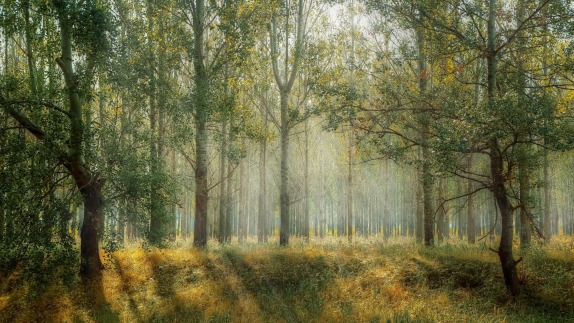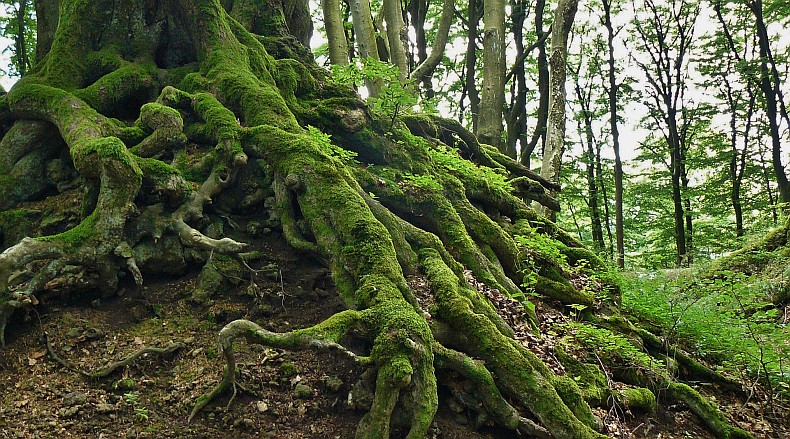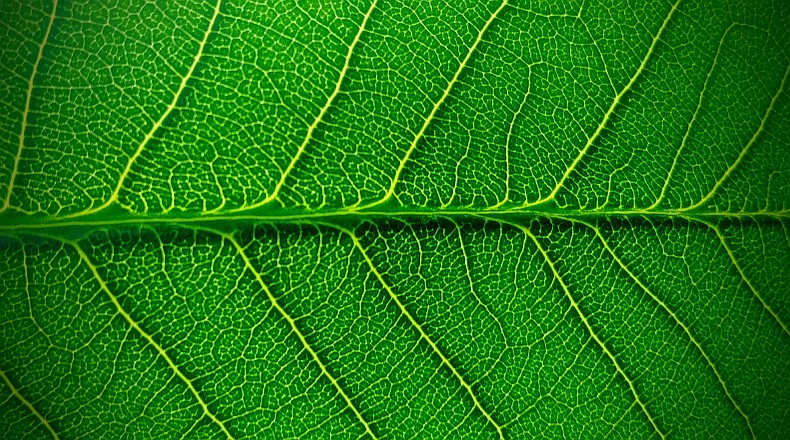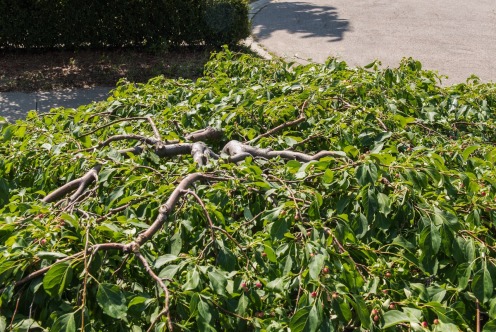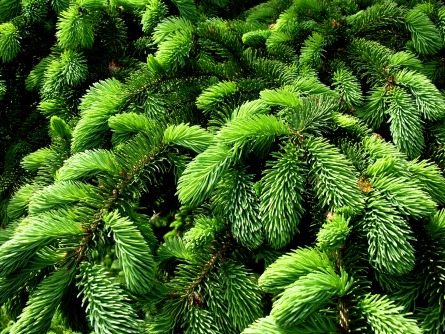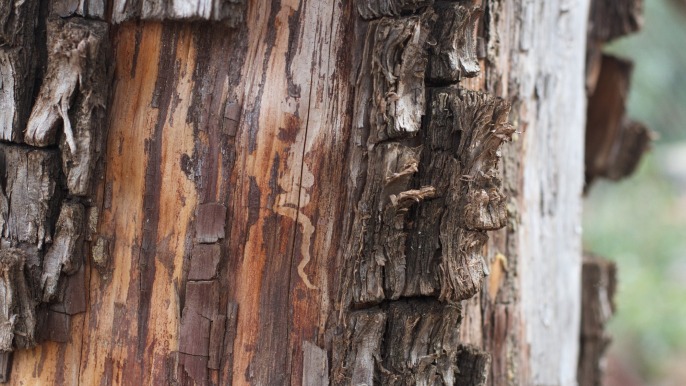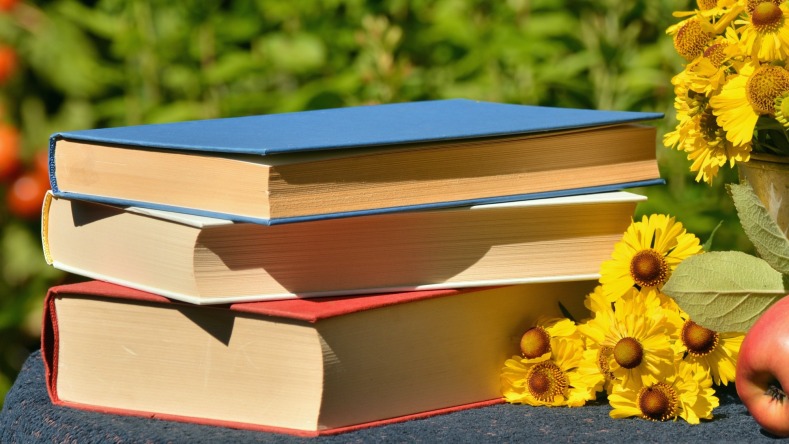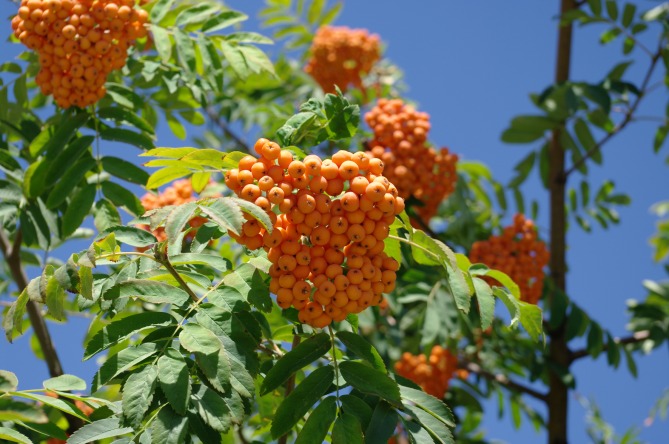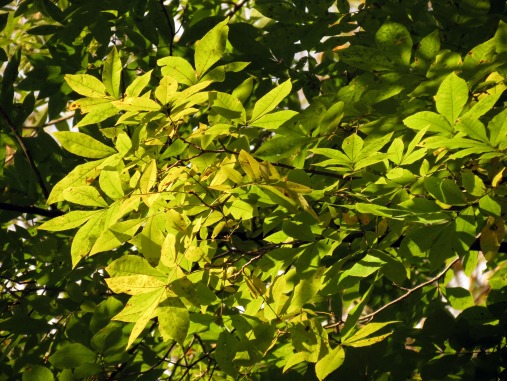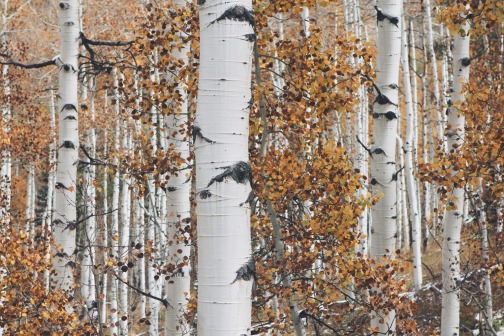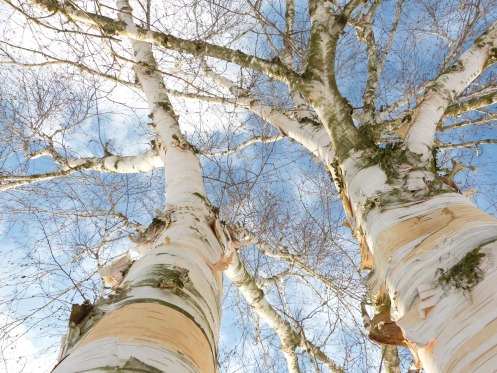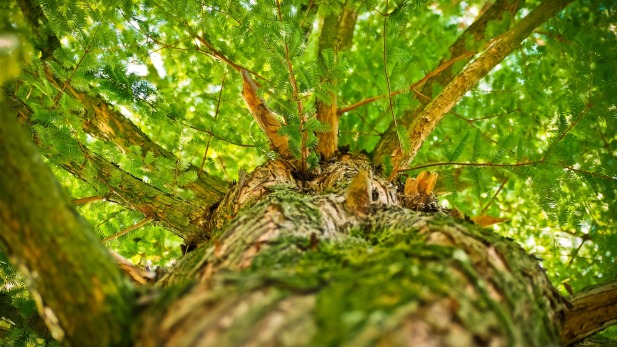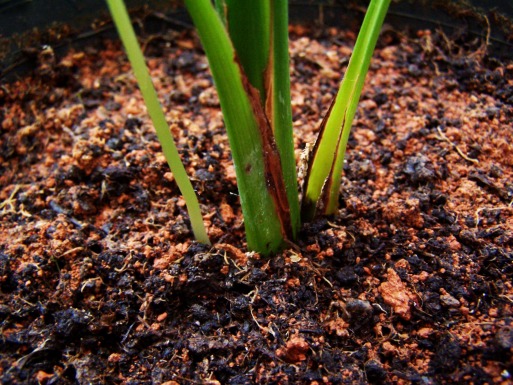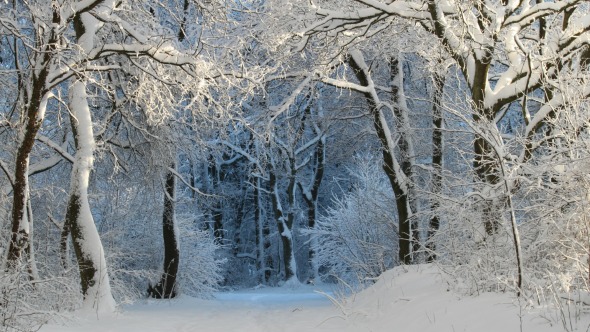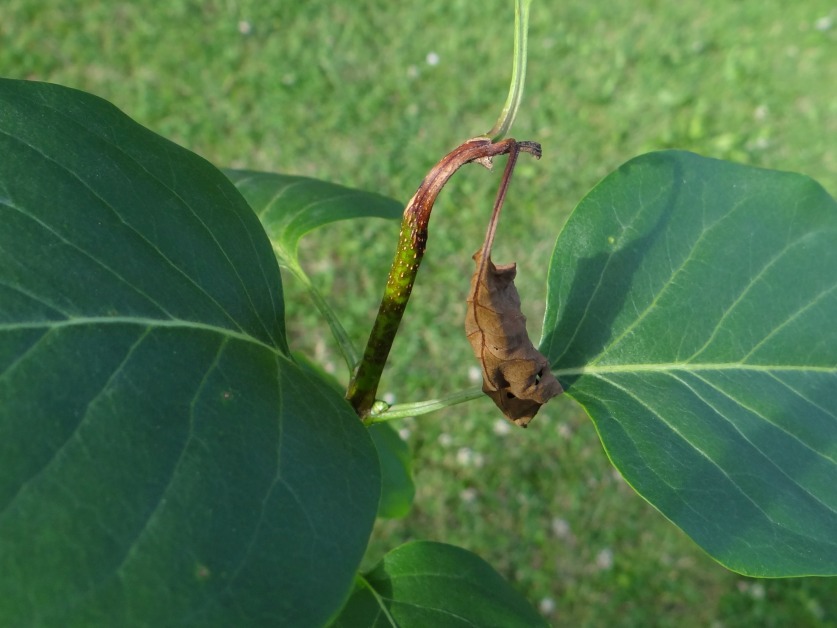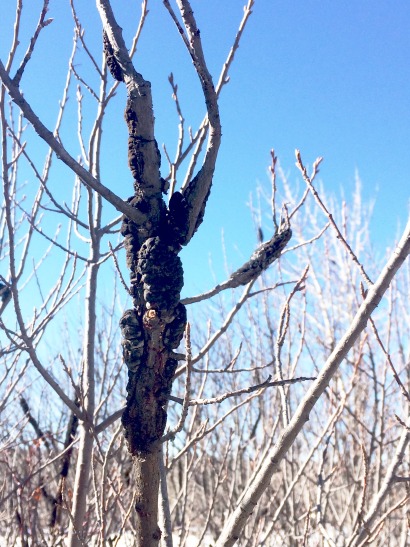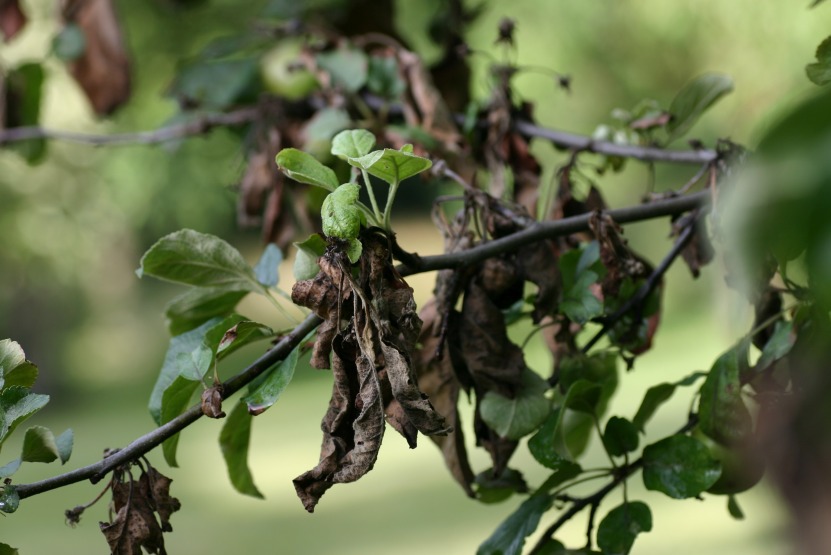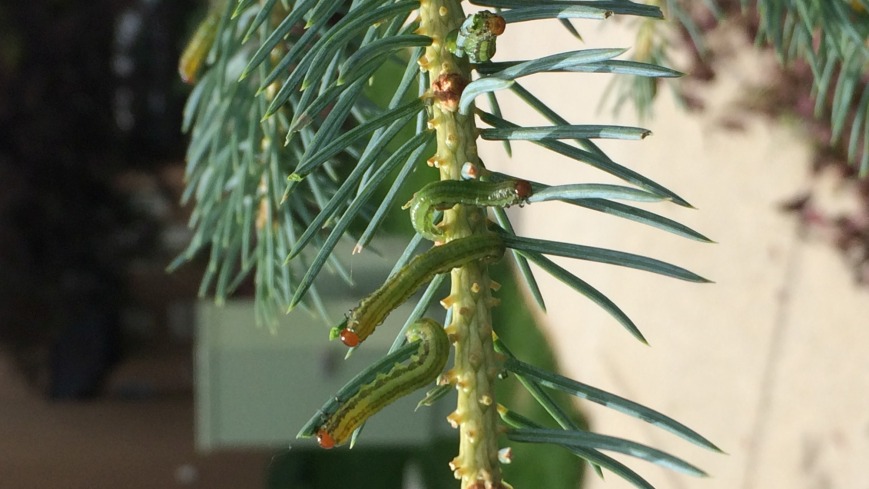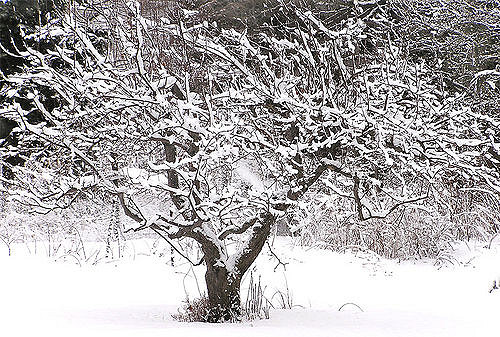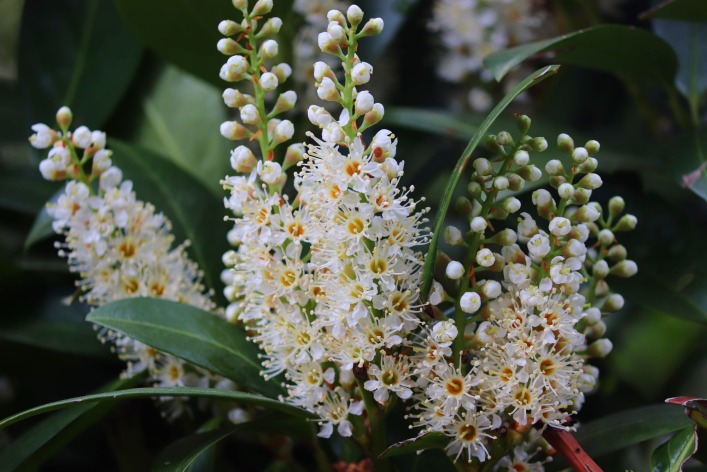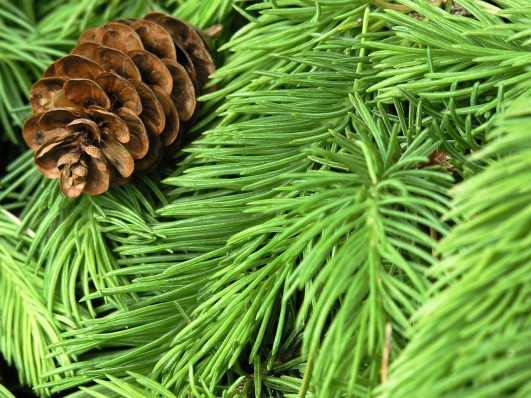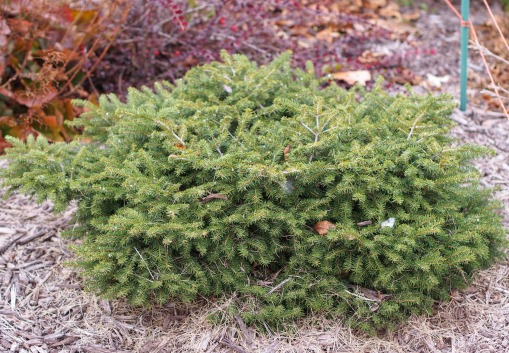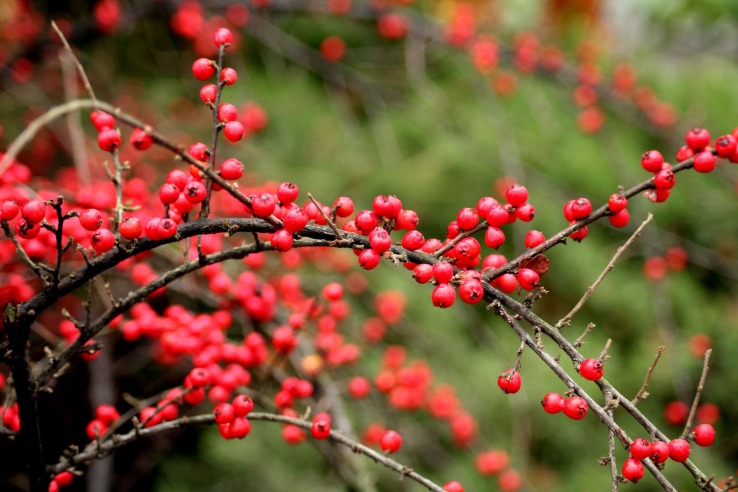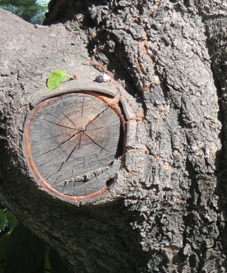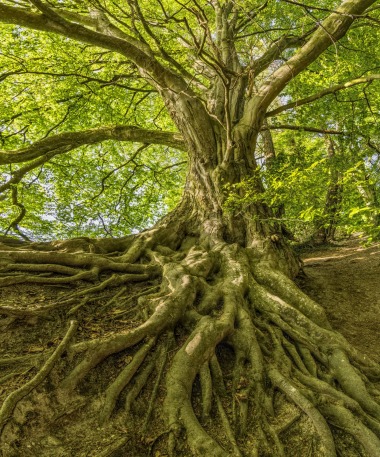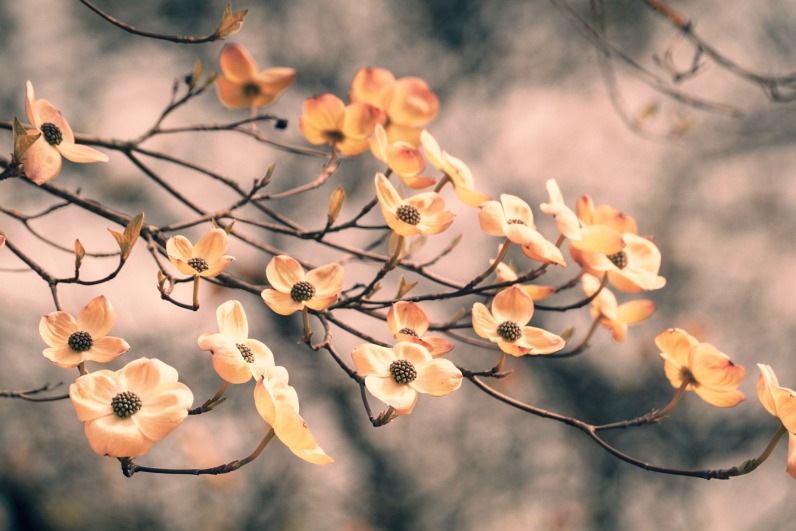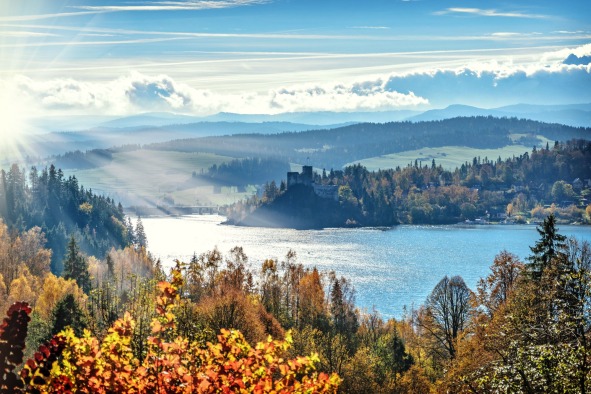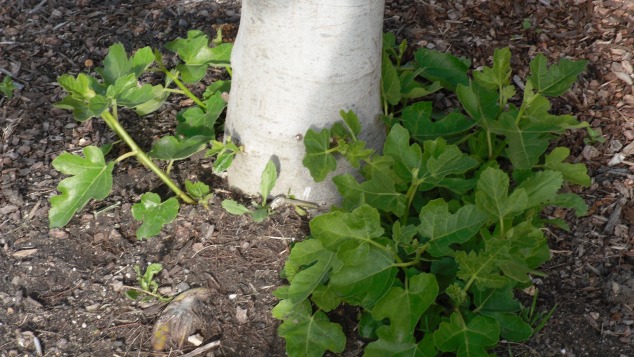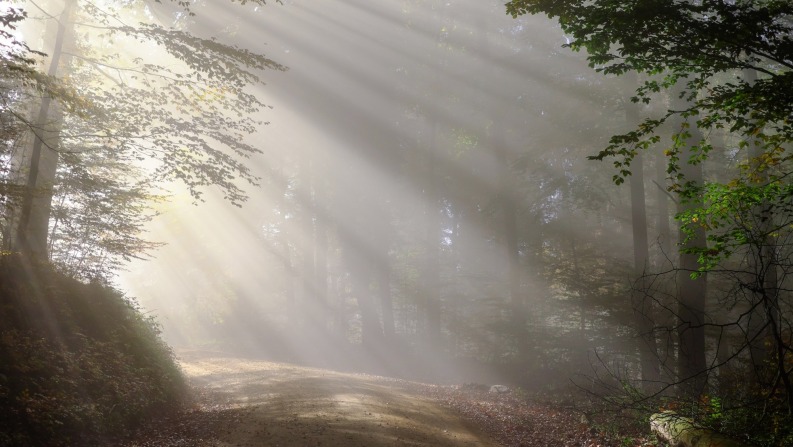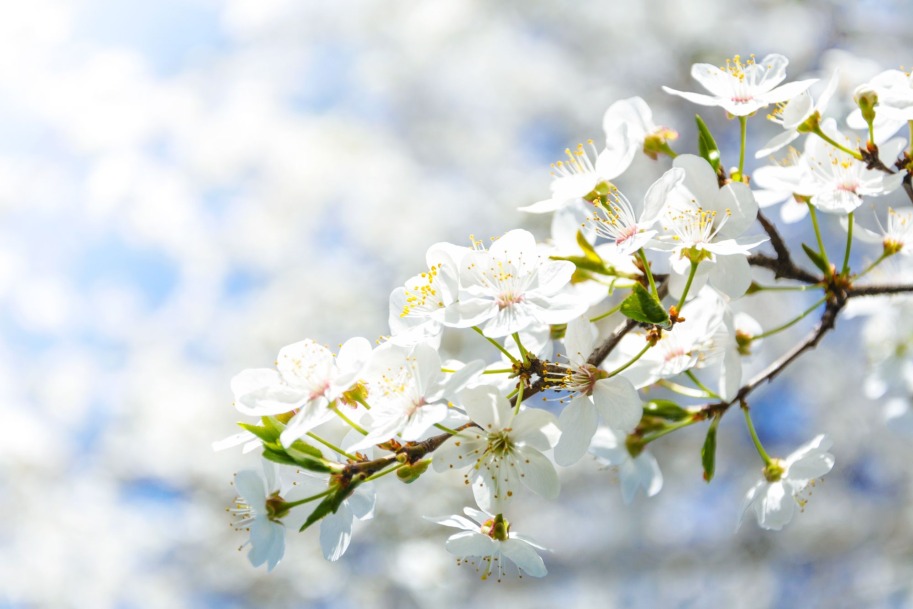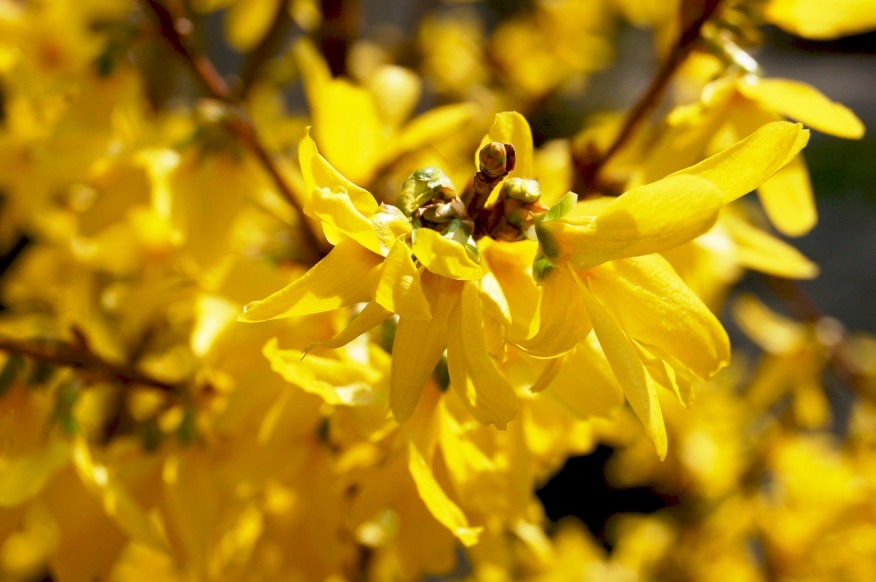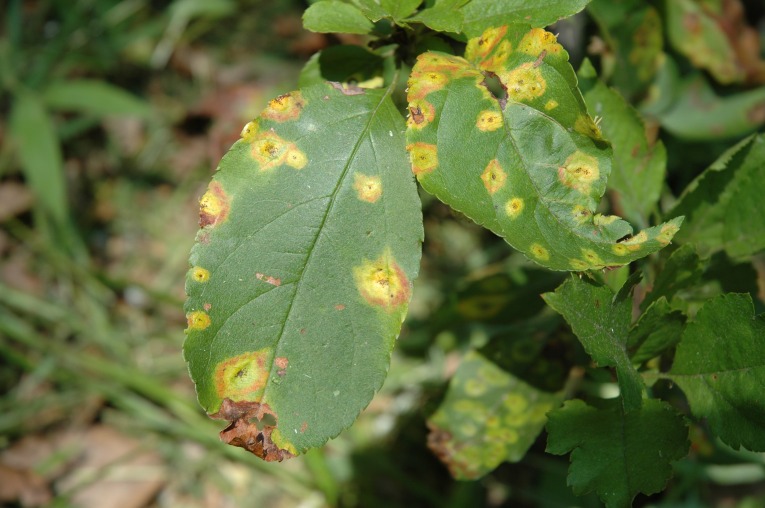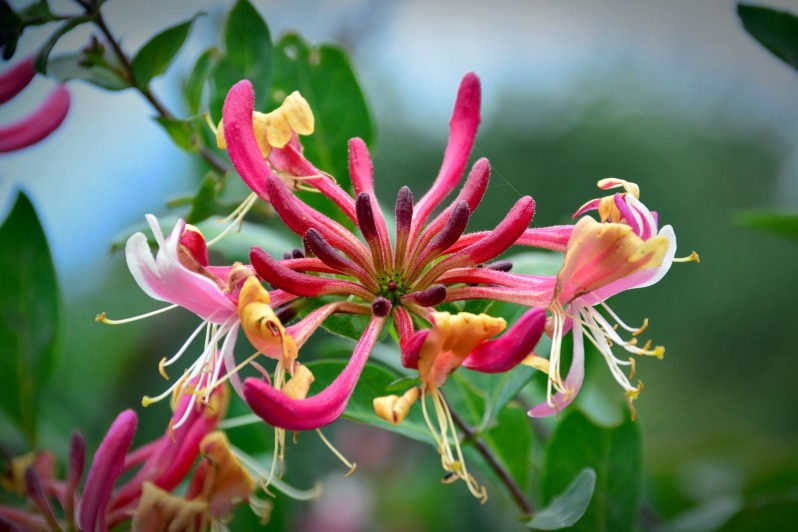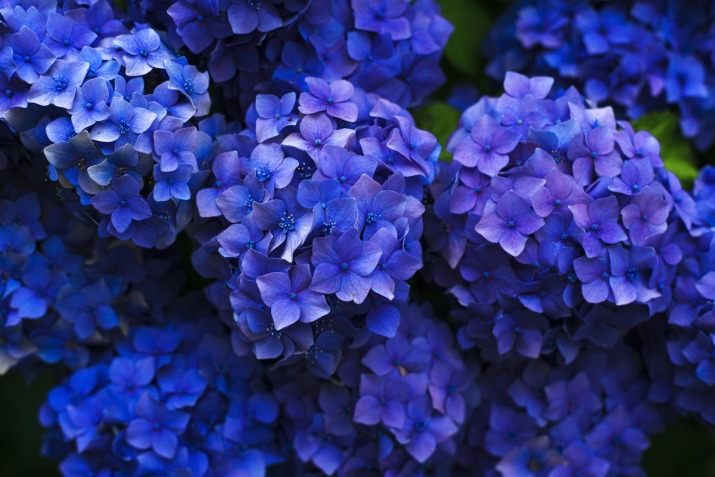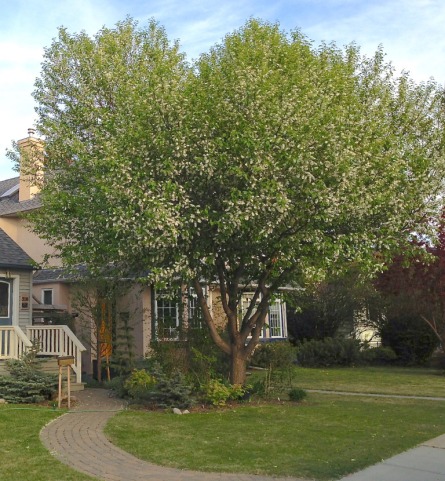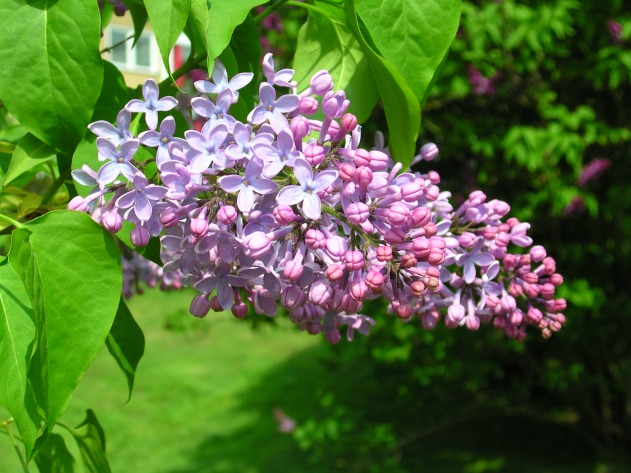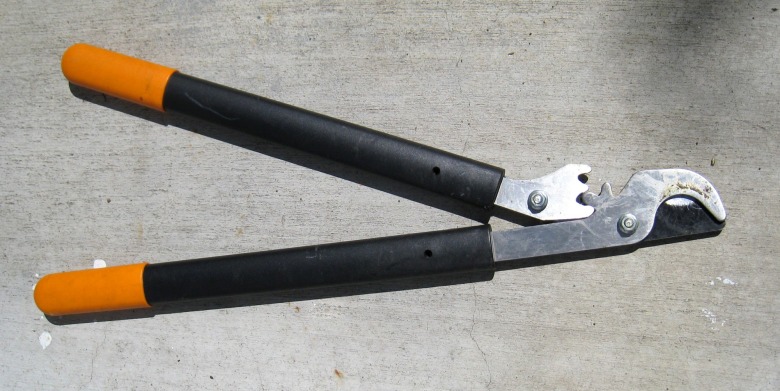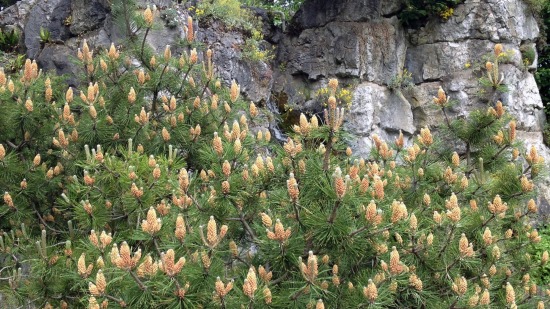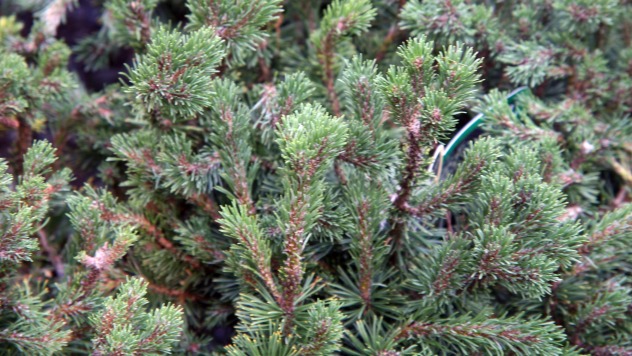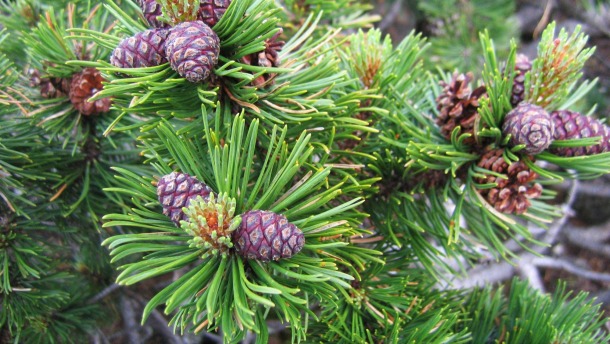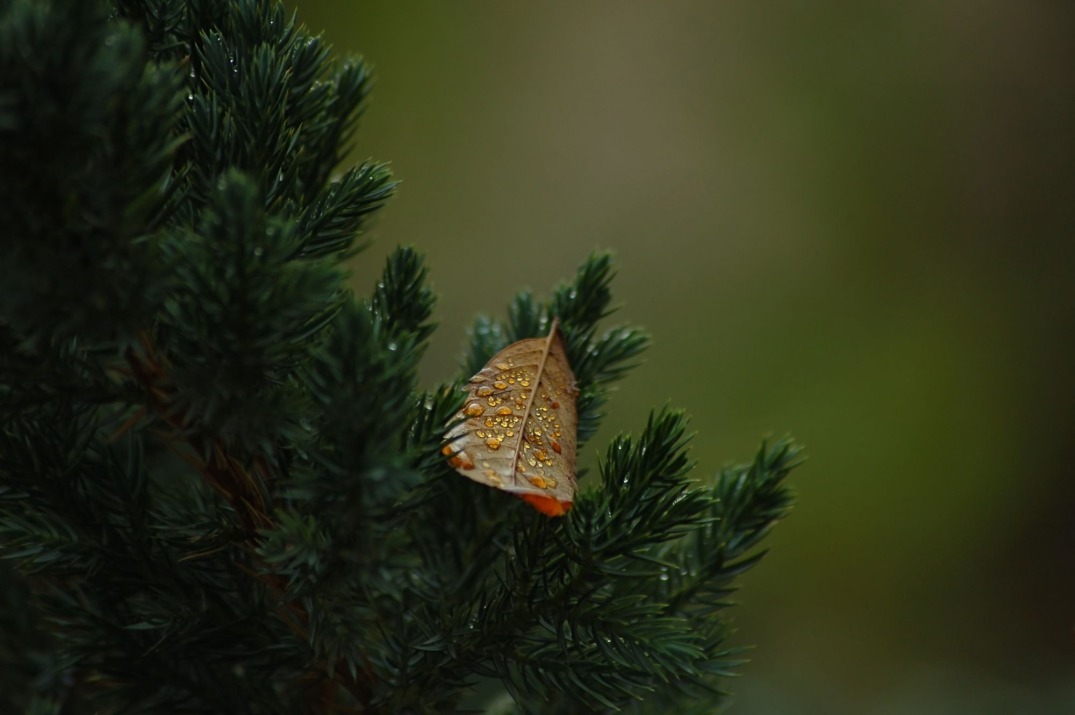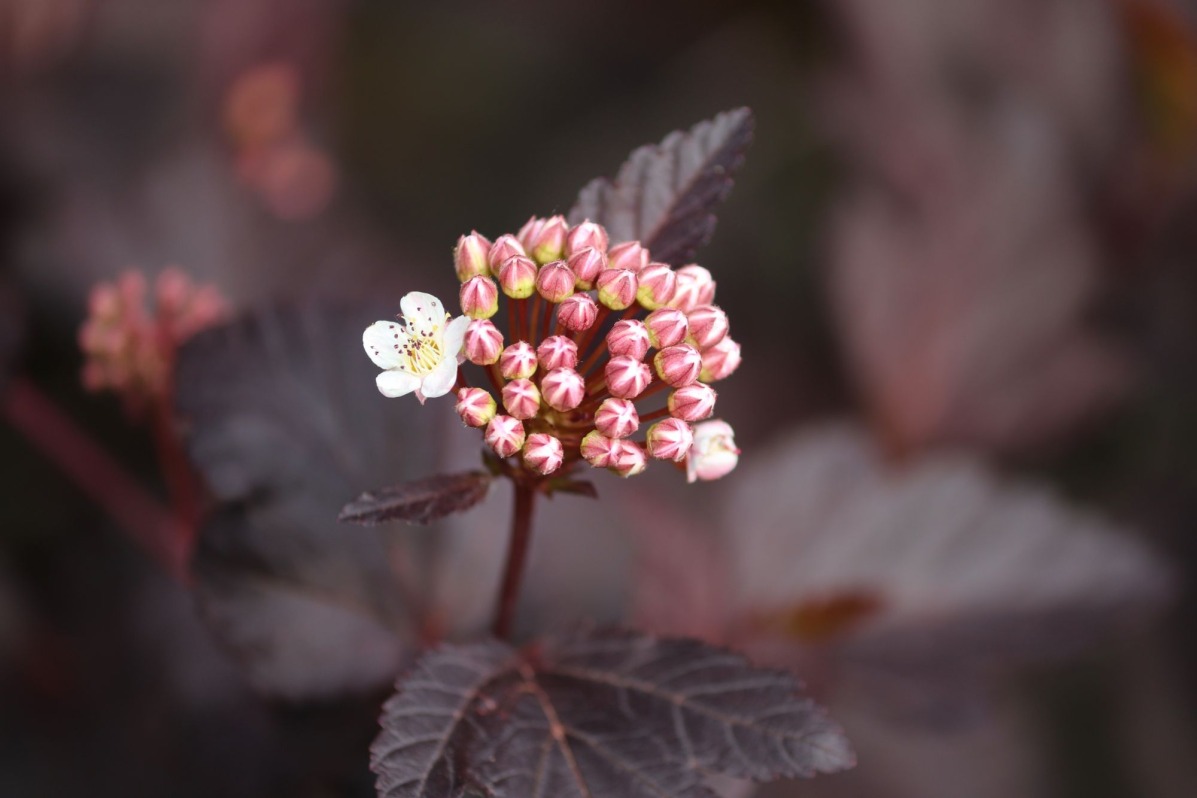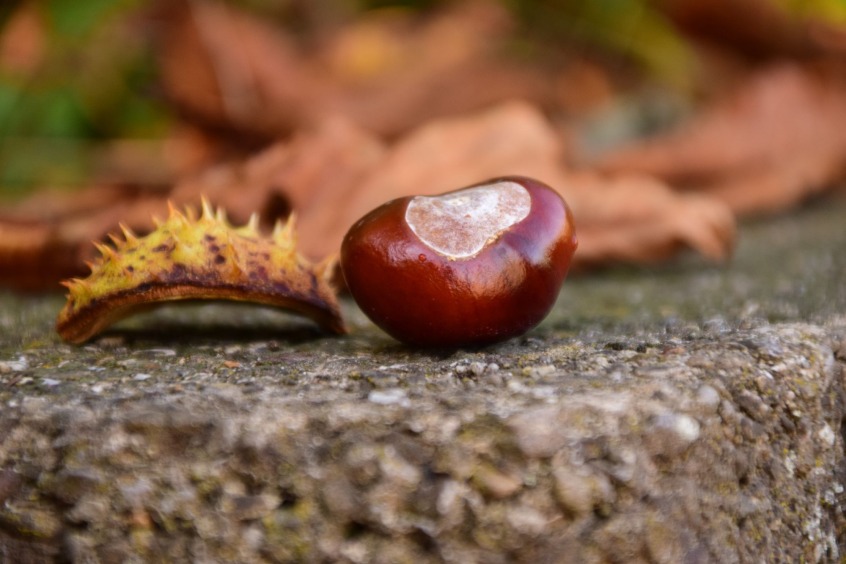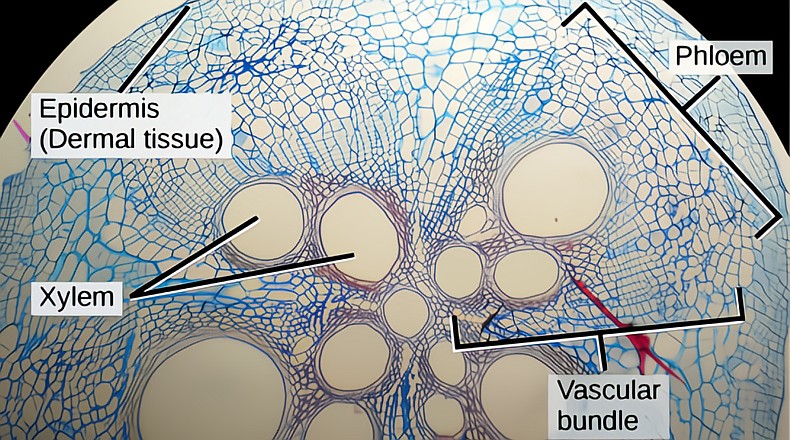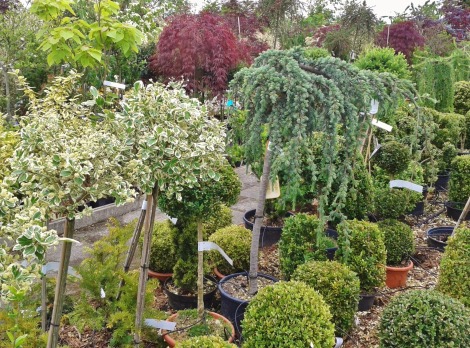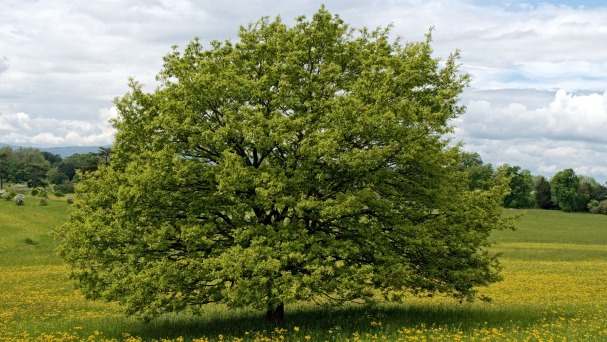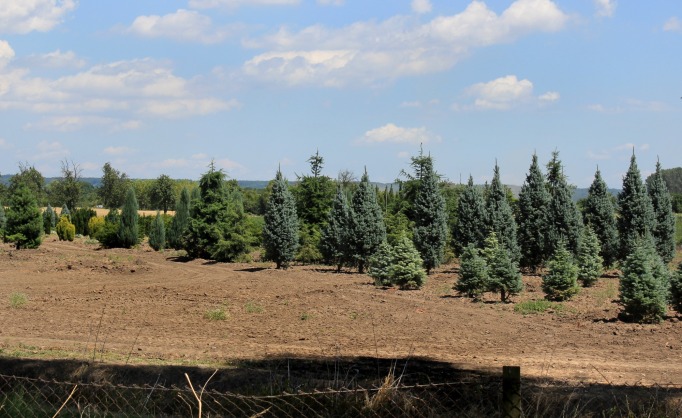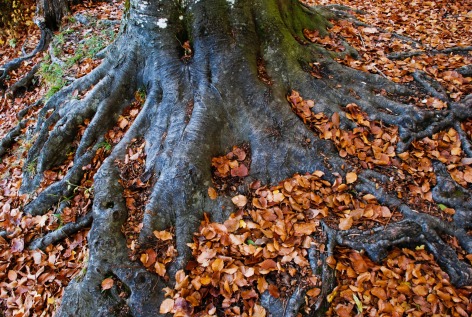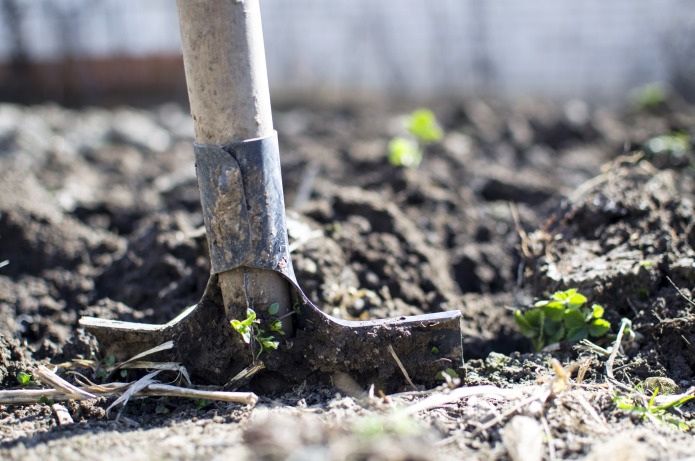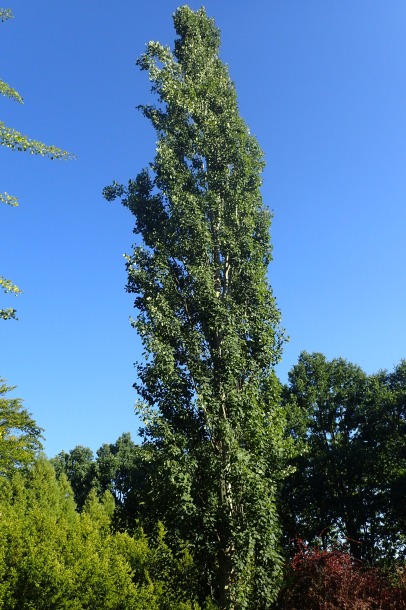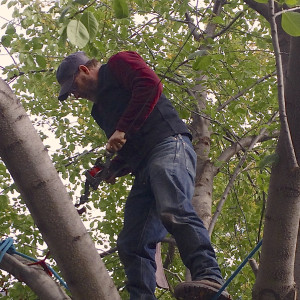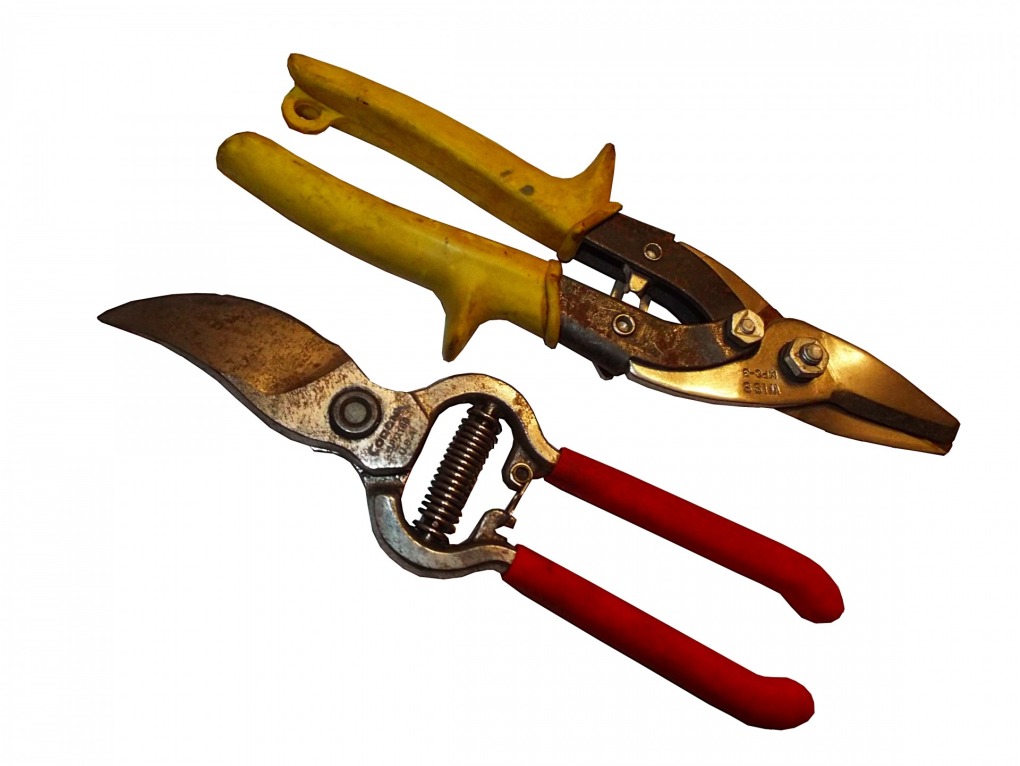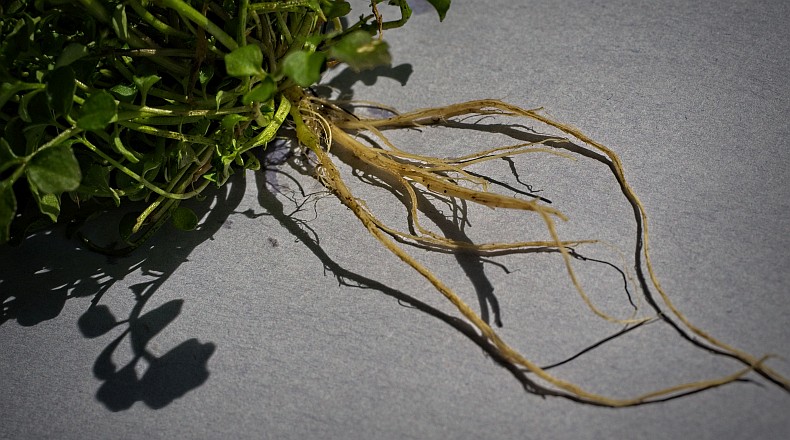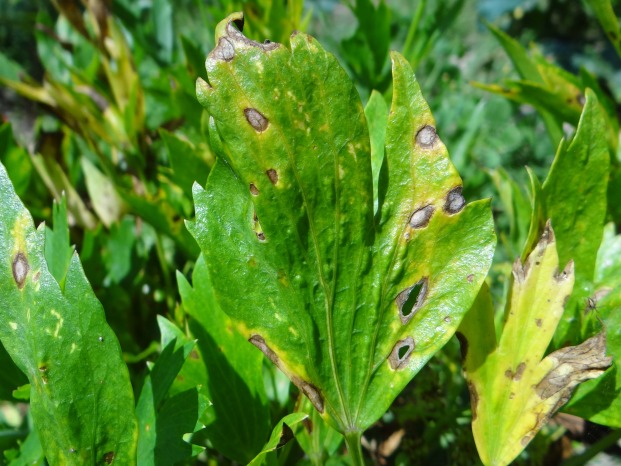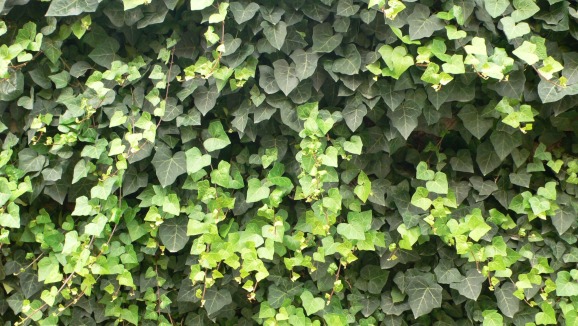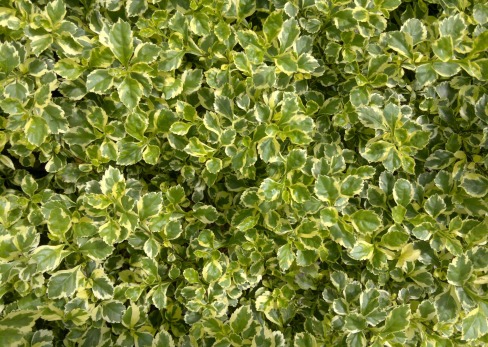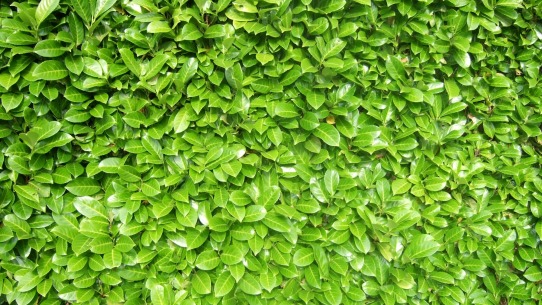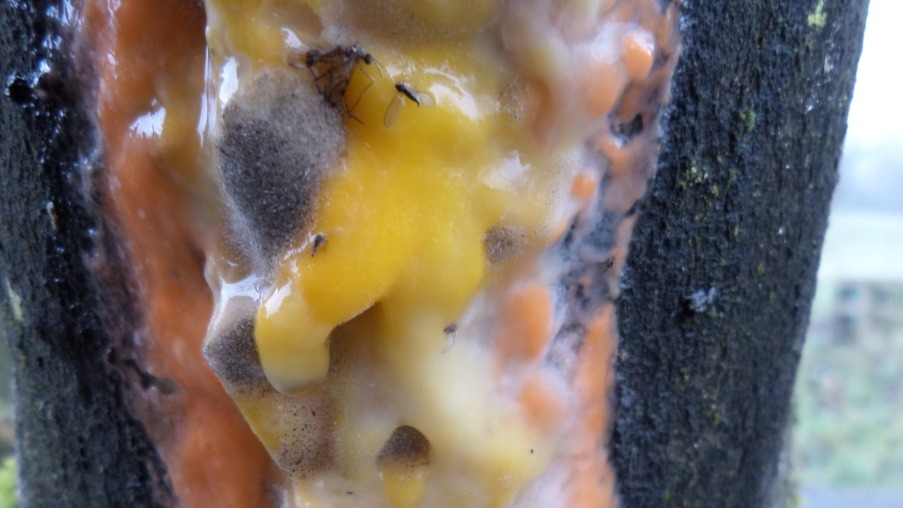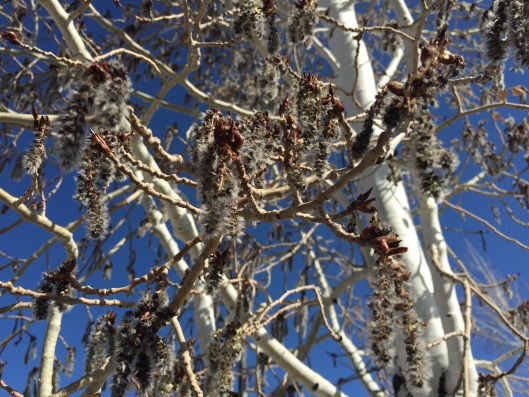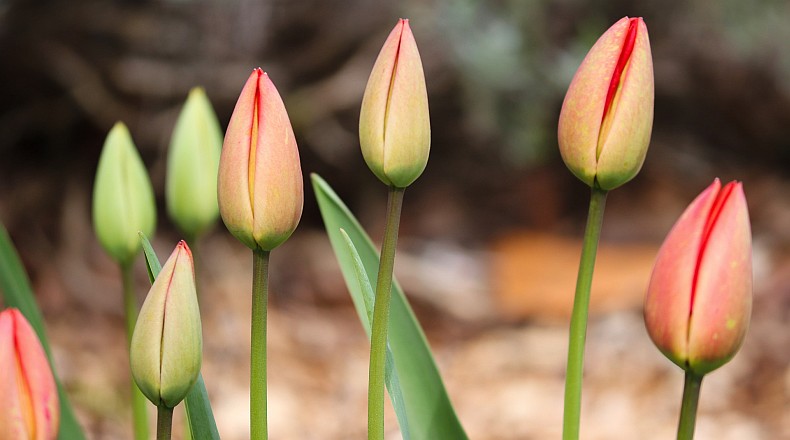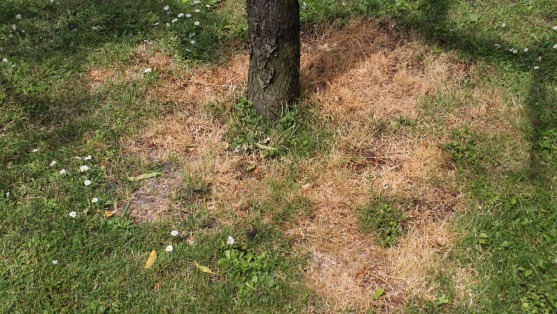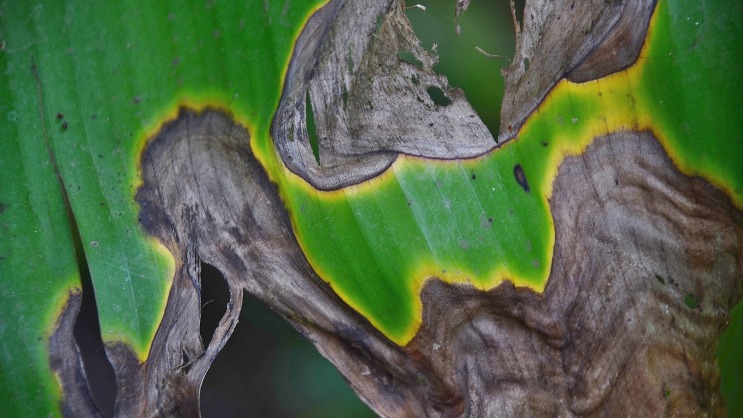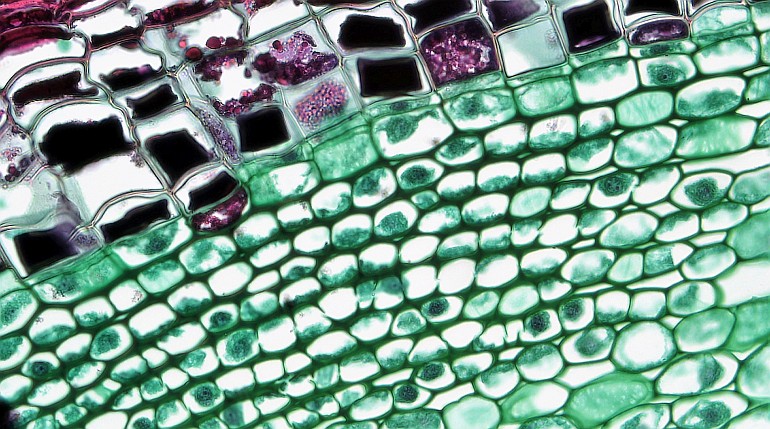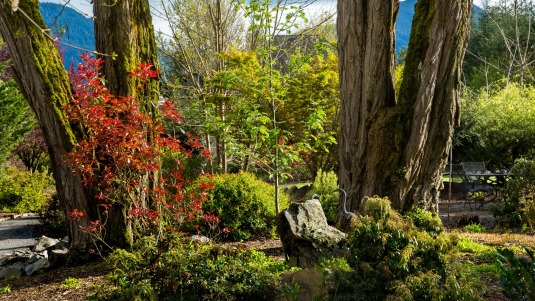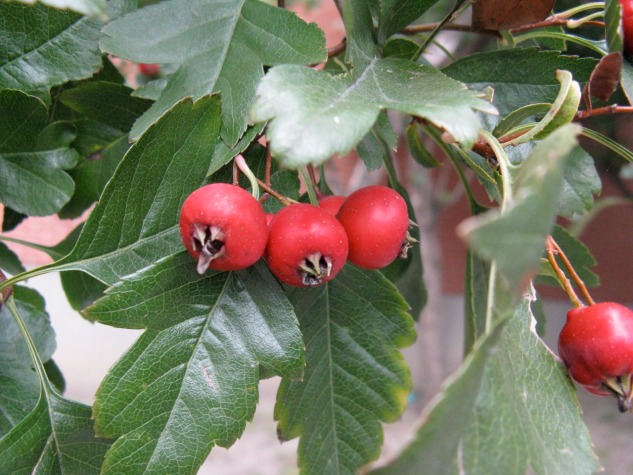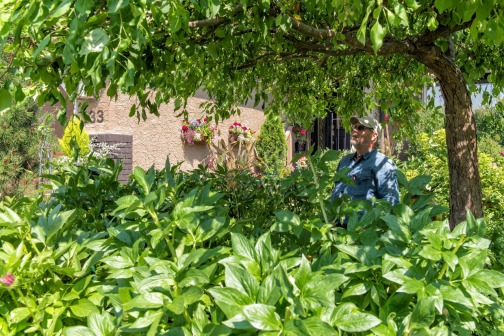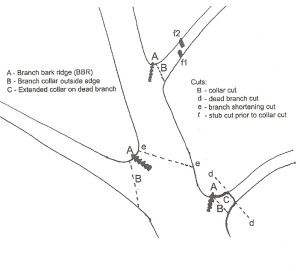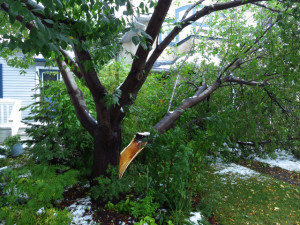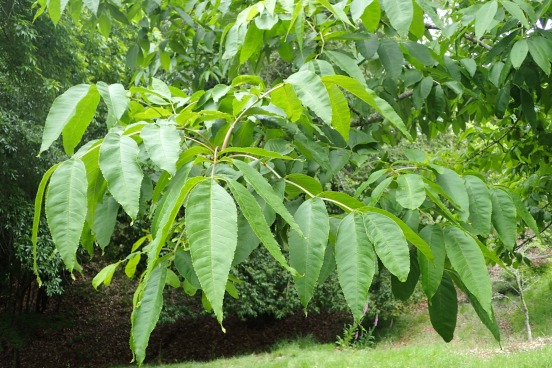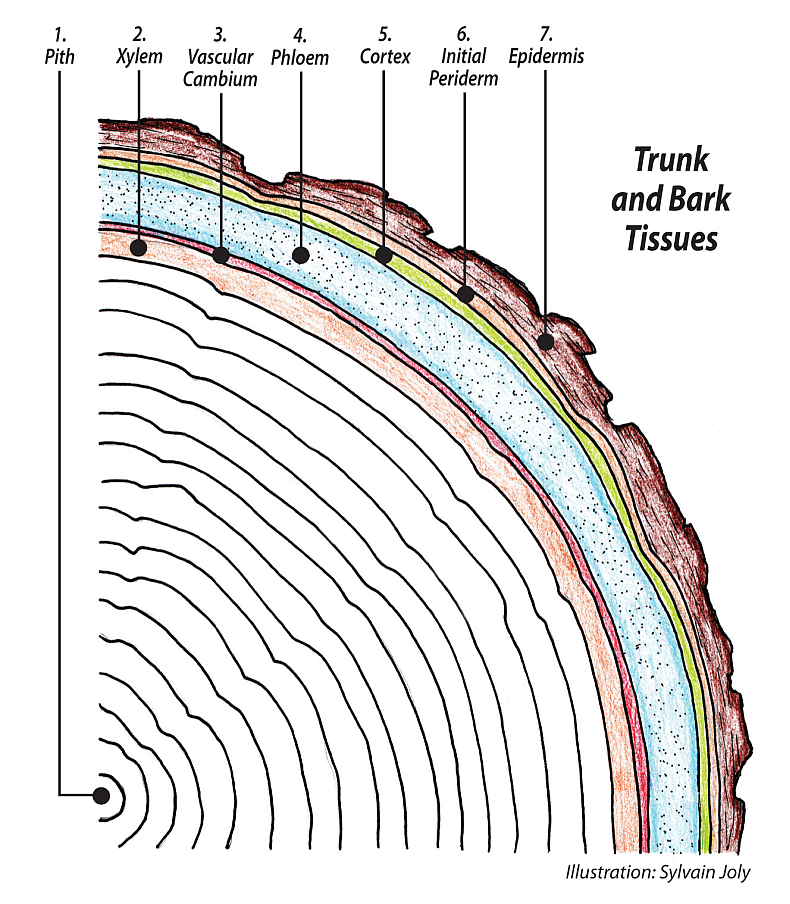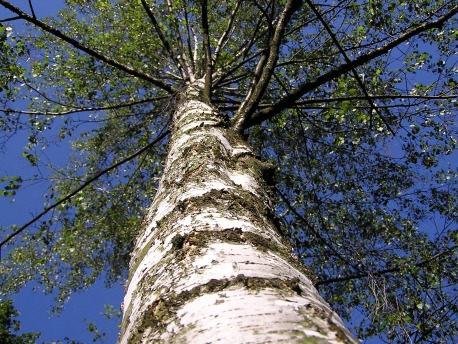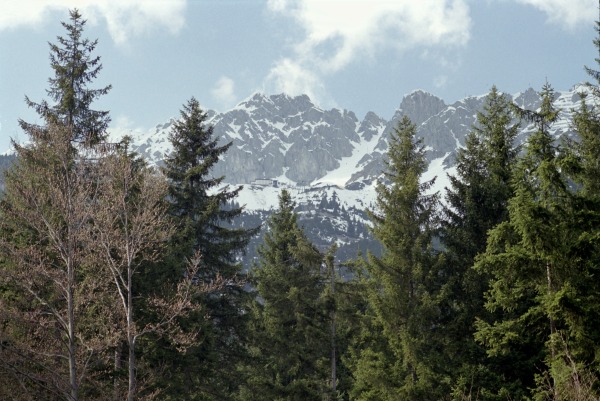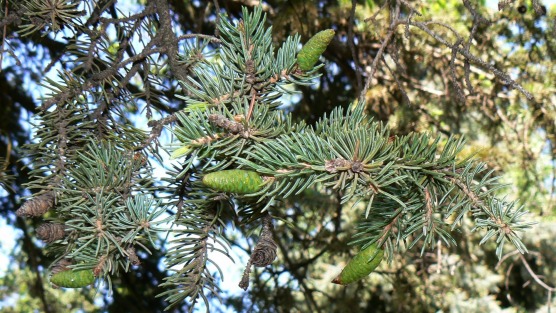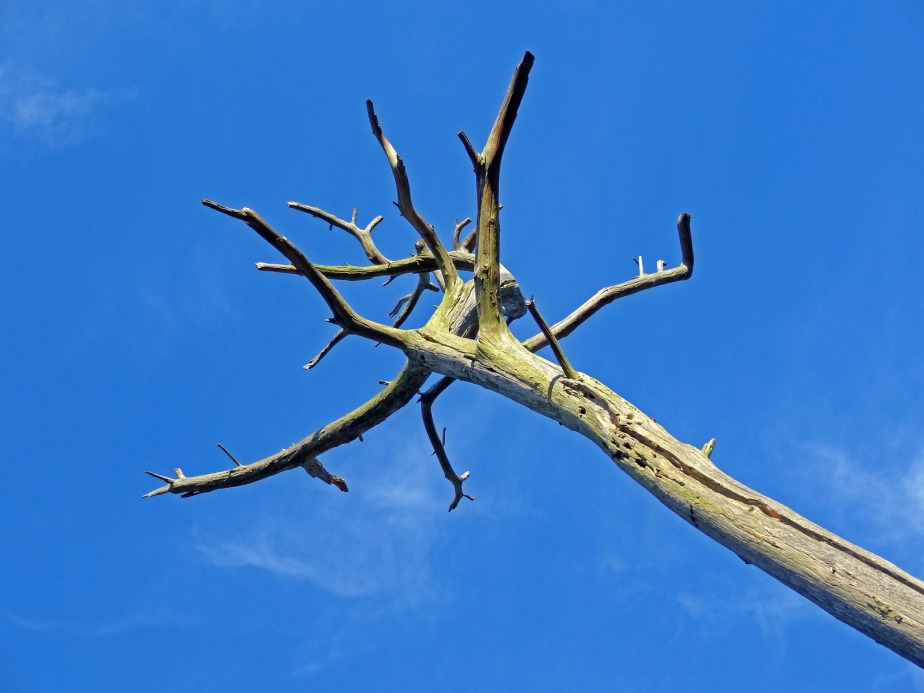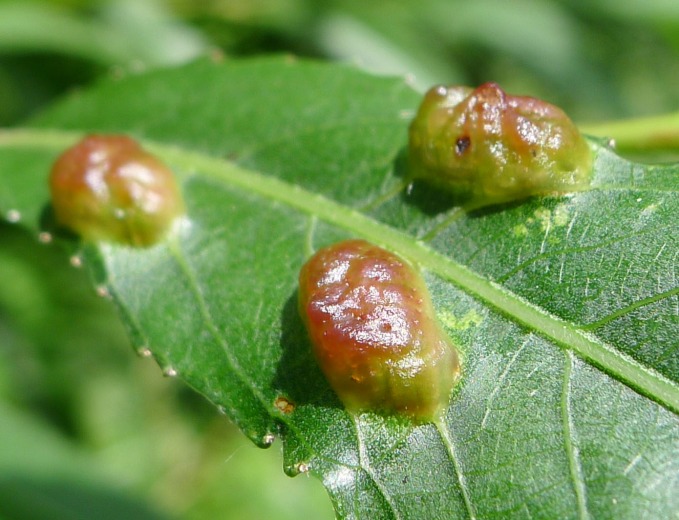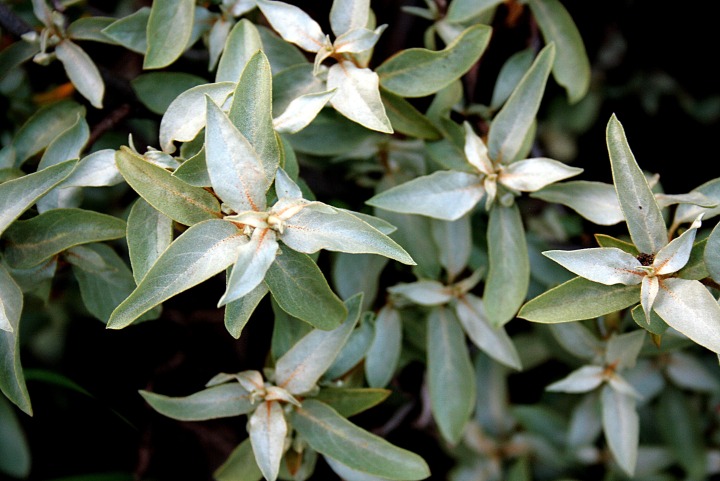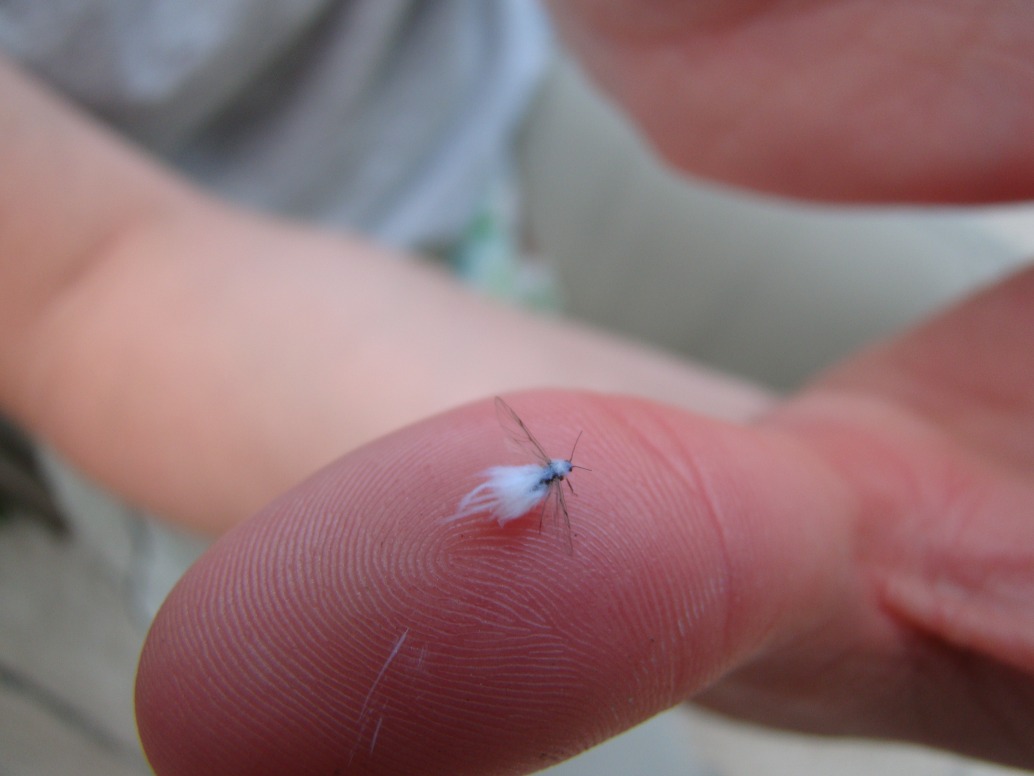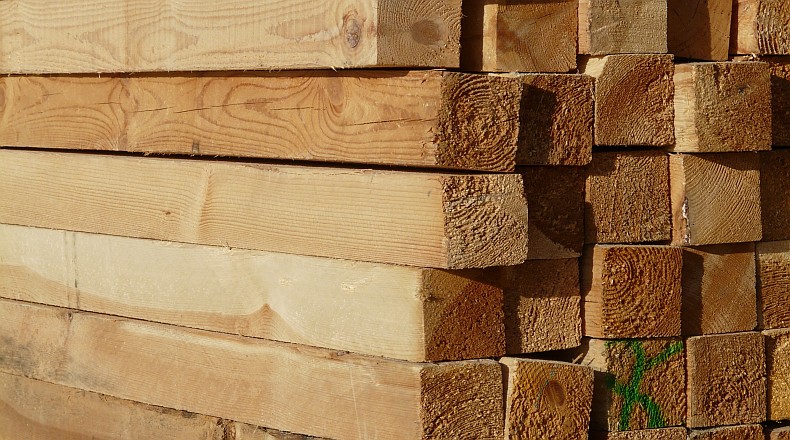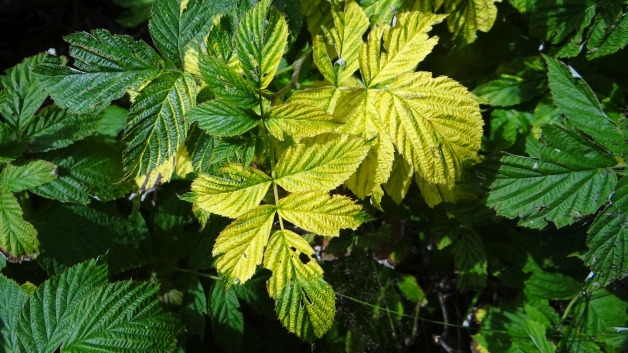Unique to plants, the plant cell wall, particularly the fortified multilayered cell wall, is a miracle of adaptation. If plants hadn’t needed to grow up into the sunlight and be strong enough to do it, many of the essentials of our lives like wood, tree fruit, spices—the list is endless—would not have happened. Plants would have stayed close to the ground, as all herbaceous plants without secondary growth still do, and the wonder of trees and all they give humankind would not exist. The dominant worldwide vegetation, some three trillion trees, would not be here.
Two miracle molecules created by plants, cellulose and lignin (a strengthening glue like polymer substance manufactured from phenyl propene) allowed plant cells to be stiff enough to hold up a giant tree trunk. Indeed, there's no contest between human muscle and fibers in tree trunks. A small sample of human muscle lies as a blob in a petri dish; beside it, the smallest wood sliver stands firmly straight up. Plant cell walls have allowed us to make the world we live in.
Reinforced cell walls are found only in a group of plants known as tracheophytes; that is, plants with an extensive vasculature, a xylem and a phloem; mostly shrubs and trees. The bryophytes, which consist of the hornworts, liverworts and mosses, all ancient plants, do not. Vascular plants depend on hydraulics and cells strong enough to make use of it to perform growth, expansion and long range transport.
The individual plant cell’s contents, its cytoplasm, are firstly bound by an inner layer called the plasma membrane, which is a lipid bilayer. All biological membranes are semipermeable, meaning that cells can control what passes through them. The cell membrane also allows compartmentalization or, to some degree, cellular autonomy.
Hydraulics is the role of an inner-cell organelle called the vacuole, a semipermeable water sack. Its actions control turgor pressure. Think of a water balloon in box. When the balloon is pressing firmly against the inside of the box, the cell wall we have high turgor pressure. This can easily be seen anytime you water a limp house plant. In growing meristems, high turgor pressure helps growth by stretching expanding cells.
Plant cells can develop high internal pressures. Pressures of 200 psi are not uncommon. Without strong walls, most plant cells would rupture under these conditions.
Plant cell walls come in two main types, primary and secondary. All plant cells have primary walls, usually made up of cellulose. Secondary walls use the miracle polymer lignin to help fortify their structure. The primary wall provides support during the growth and expansion period. Secondary walls support cells that will need to be extra strong, such as vessel elements, tracheids, fibers, and wood. Wall thickness always costs the cell internal volume, as wall fortification always occurs inside the primary wall. The vessel elements are dead at maturity. Once growth and wall reinforcement has occurred and the cell is complete, a program of planned cell death occurs. To function optimally, vessel elements need to die, to be hollow, allowing the dead cell to perform liquid transport as efficiently as possible.
Communication and fluid movement between adjacent living cell primary walls is performed by tiny openings called plasmodesmata, and by other openings called pits in secondary walls of nonliving vascular tissue. Both plasmodesmata and pits line up with their companions in adjacent cell walls to make fluid movement as efficient as possible. Plasmodesmata are very small at 30 to 60 nanometres. That’s 30 to 60 billionths of a metre. The cell itself can be 50 microns (millionths of a metre) across. Yes, life does happen on a pretty small scale.
The plasmodesmata in living cell walls connect all of their cytoplasm into a great connected network called the symplast. Average plant cells have between 103 and 105 plasmodesmata per cell. Used for fluid and sugar movement and communication by molecular exchange, proteins, transcription factors, and messenger RNA are all transported through plasmodesmata. The space outside cell walls, the intracellular space, is called the apoplast, and is also used for water and molecular movement. It is the space where water from cells can be removed to, especially when concentrating cell contents for extreme cold conditions.
Reinforced secondary walls using lignin are only made where they are needed. Many cells, once formed and finished growing, remain with only the primary wall in place. For example, inner leaf cells (parenchyma) have no need for secondary wall reinforcement; the extra strong walls would only impede light penetration in chloroplasts, reducing photosynthetic output. Wherever newly generated cells find themselves will determine how much wall thickening is needed. The leaf midrib and petiole (collenchyma) may need some support, whereas new vessel elements tracheids, and fibers in the trunk (sclerenchyma) will need all the support they can get. This specialization is again an example of amazing gene expression and, no matter how complicated, the system almost always works.
For cells designated to be wood inside tree trunks, the production of secondary walls is their main function, and is what their cytoplasm is designed to do. In the strongest multilayer cell walls, lignification has occurred, resulting in hardening due to a loss of elasticity and flexibility. In tracheary elements, the secondary wall material is not a solid layer, but is laid down in rings, semicircle forms or strands that allow spaces for the pits to align with adjacent cell pits, forming pit pairs and making upward water movement as easy as possible.



